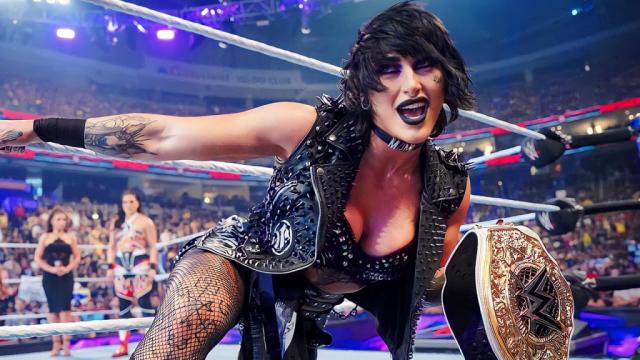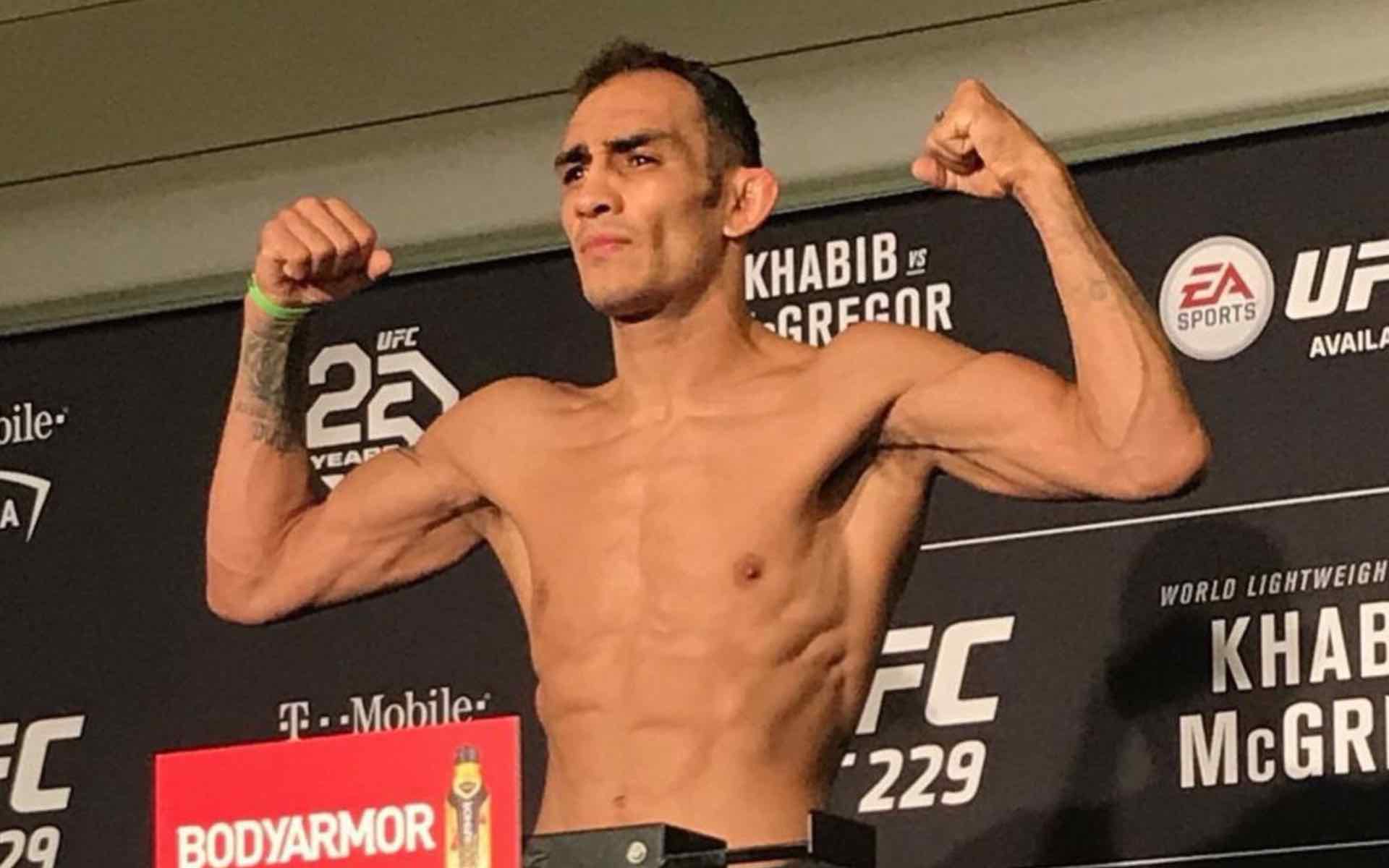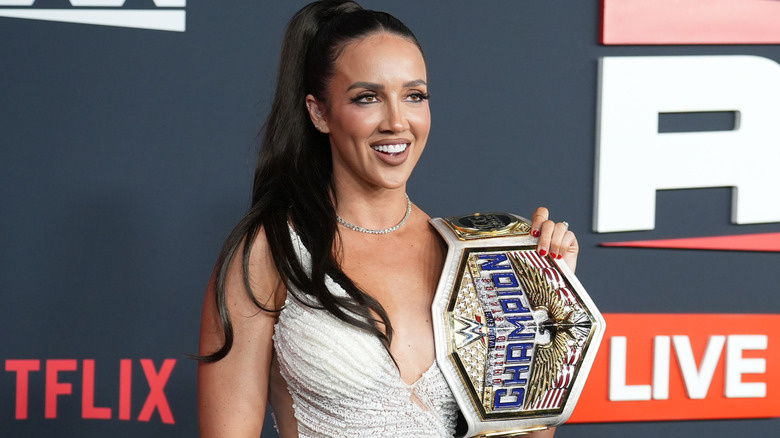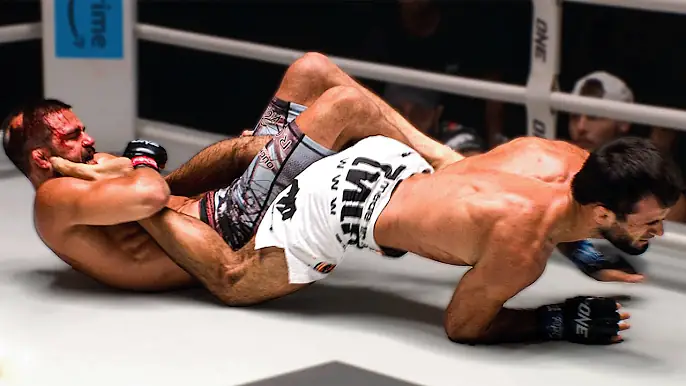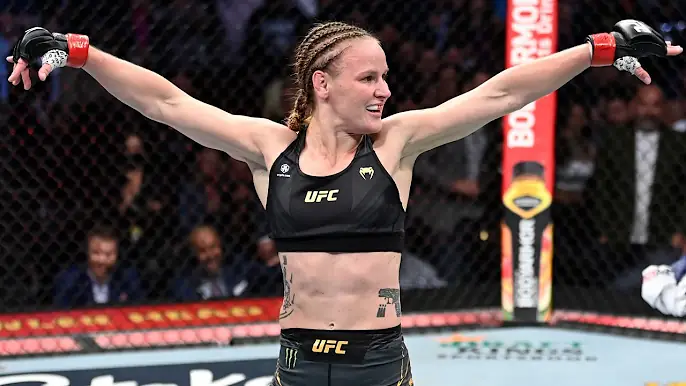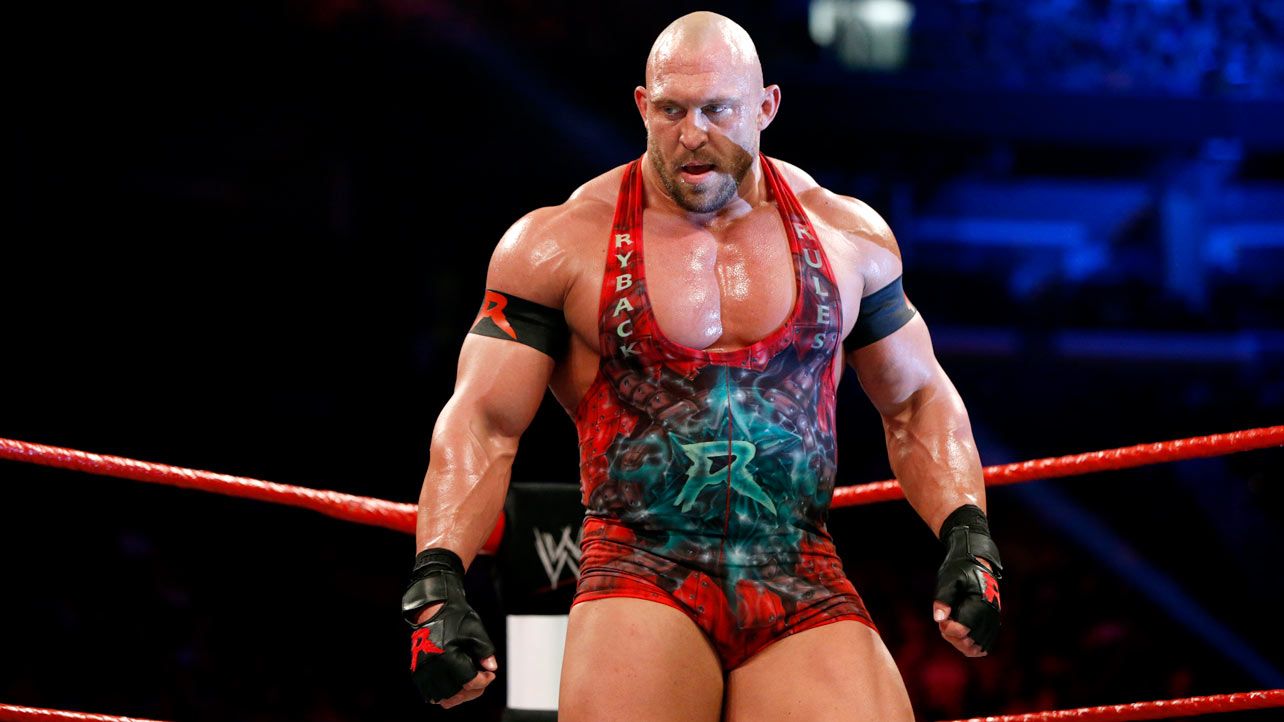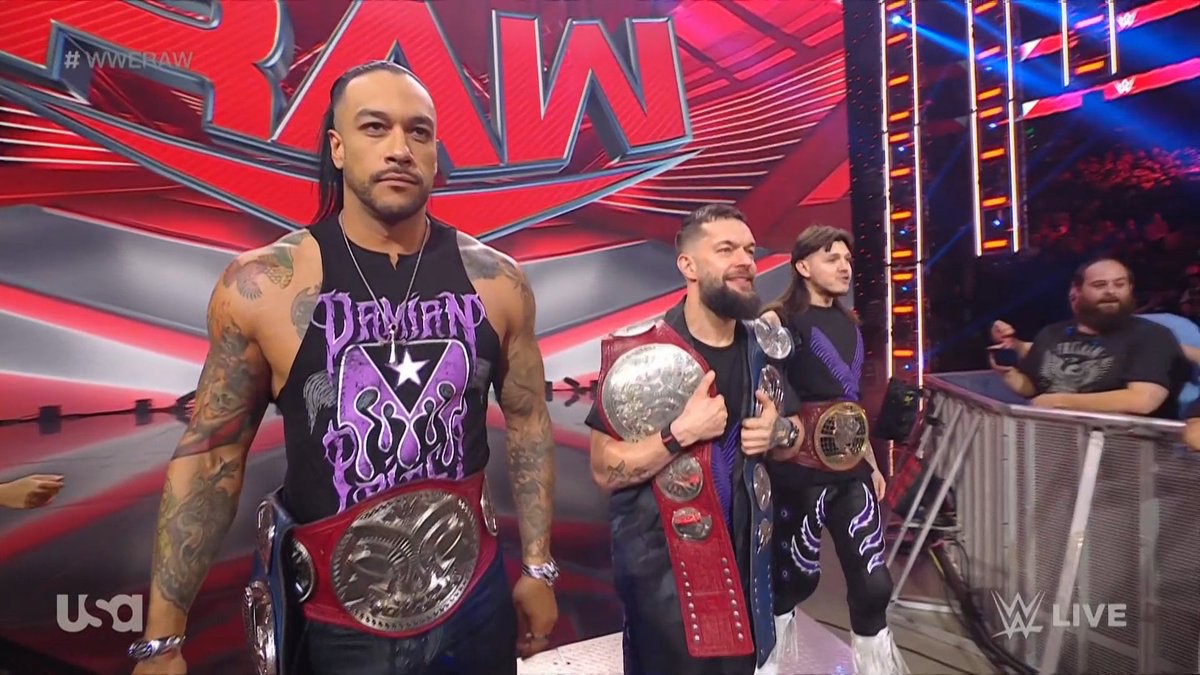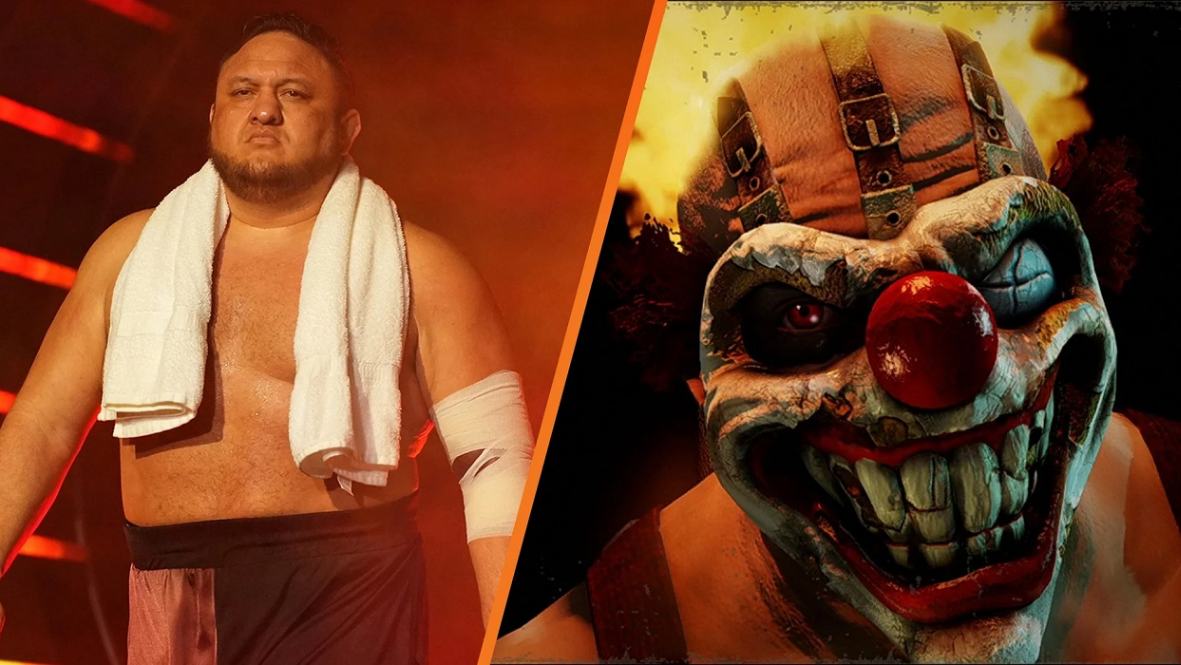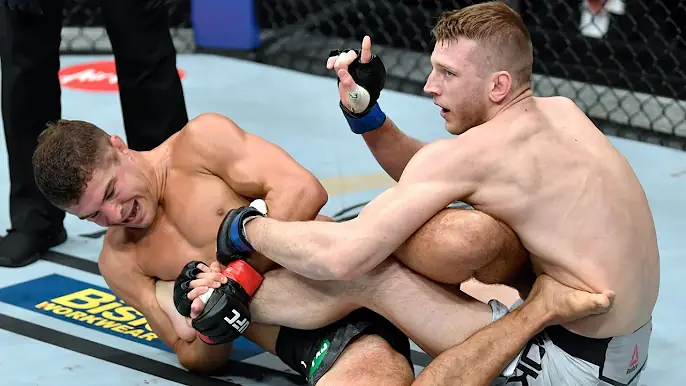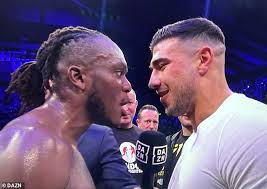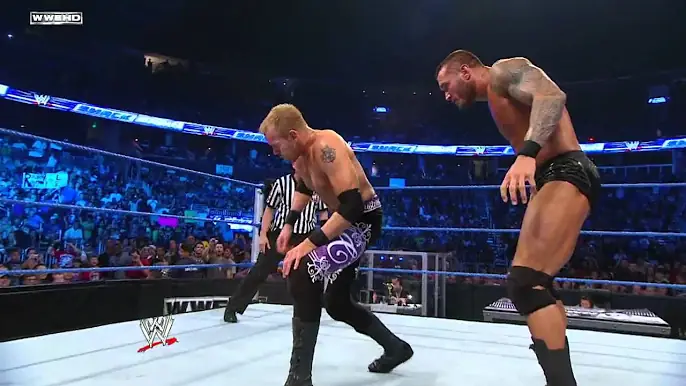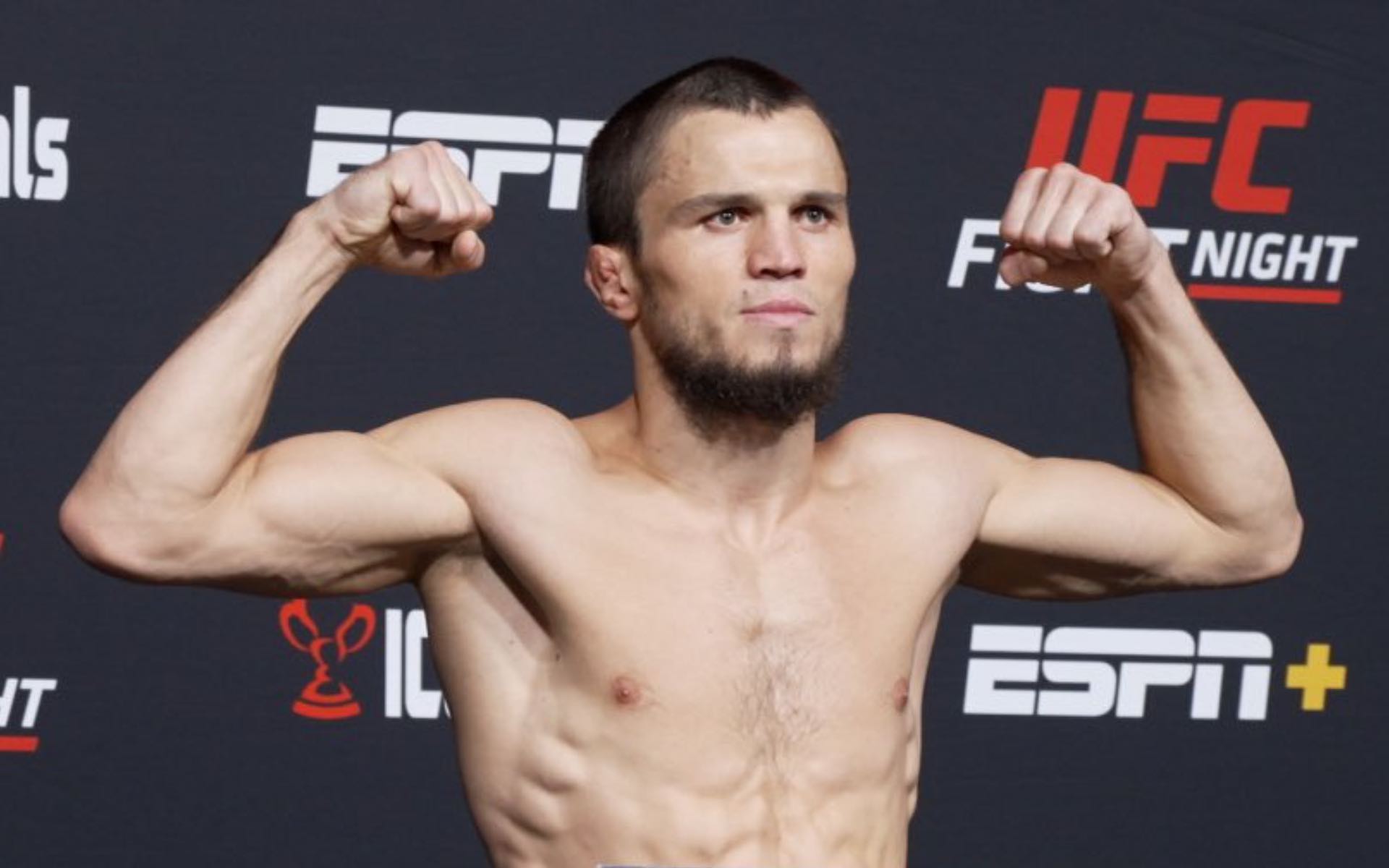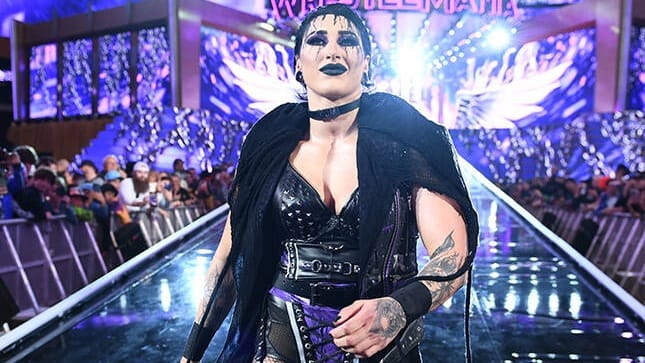Training Regimens of UFC Champions: Secrets to Success
UFC champions do not rise to the top via sheer athleticism; they get there through a system of well-structured training. These champions are the culmination of physical training, mental conditioning, and dieting and recovery balanced by the utmost discipline. In this article, we share the strategies that have led to success in the training regimens of UFC champions.
The Foundation: Physical Conditioning
- Strength and Conditioning
From groundings in strength and conditioning, a UFC champion is born. Strength and conditioning coaches usually help fighters come up with workouts that improve their power, cardio endurance, or fitness levels, as well as their overall athleticism. These exercises are lifting, plyometrics, high-intensity interval training (HIIT), and calisthenics.
Take, for example, former UFC Lightweight and Featherweight Champion Conor McGregor, who uses a combination of powerlifting and body weight training to build explosive speed and strength. He also emphasizes deadlifts, squats, and bench presses followed by plyometric drills to help him become more dangerous in terms of his agility as well as speed.
- Cardiovascular Training
A good cardiovascular base is important for maintaining the energy level during a fight, especially in later rounds. This is where UFC champions come in; they perform different kinds of cardio training like running, swimming, cycling, and rowing. One of the most effective methods to improve cardiovascular endurance is interval training, where periods of high intensity are followed by low-intensity recovery.
Khabib Nurmagomedov: Famous for his incredible cardio and overwhelming pressure, Khabib implements mountain runs along with high-level swim sessions. This complements his focus on cardiovascular conditioning, which enables him to essentially maintain a pace that simply outlasts many opponents.
Skill Development: Mastering the Martial Arts
- Striking Techniques
Striking is a huge chunk of MMA, with champions spending hours refining their boxing (probably), kickboxing, and Muay Thai techniques only for them to be thrown out the window once they step back into that cage. Training consists of pad work, heavy bag workouts, spar sessions, and drilling combinations.
Traditional martial arts meet modern techniques in this breakdown of some of the best striking from one of the UFC”s featured fighters, Anderson Silva. His training requires complex footwork routines around precision striking, along with making sure he can move and strike like water while packing a punch.
- Grappling and wrestling
Wrestling and grappling skills are equally important, with champions typically strong in Brazilian Jiu-Jitsu (BJJ), freestyle wrestling, and Greco-Roman wrestling. Our training sessions feature live sparring, takedown drills, and submission work, as well as positional control.
Georges St-Pierre, a world-class wrestler, trains with top-level BJJ practitioners. It is centered around smooth combinations of striking and grappling that allow him to dictate the fight.
- Mixed Martial Arts (MMA) Integration
The talent of individual disciplines must be meshed together by their champions (you cannot practice learning strike defense according to the shots thrown at you that day or landing a shot exactly where your opponent moves his hands while avoiding an oncoming barrage). Everything from Muay Thai in the clinch to ground-and-pound and working against the cage. Fighter training camps have been known to re-enact fight scenarios so fighters can drill their game tapes and roll with the punches. Dictated situations allow for master plans of action against countermoves.
One of the most well-rounded fighters, Jon Jones, uses a different approach to his training. His standup, along with his ground game and weird shit, add up to a unique Dancing Bear fighting style.
Mental Conditioning: The Champion’s Mindset
- Visualization and Imagery Technique
Preparing mentally is as important as physical training. Multiple UFC champions rely on visualization by mentally going through their fights, picturing themselves successfully performing techniques, and overcoming obstacles. With every passing application of this practice, you will become more confident and less anxious.
Former bantamweight champion Ronda Rousey was renowned for her mental strength and talked about visualizing her battles over and over again, winning them in advance through the power of positive thinking.
- Meditation and mindfulness
Fighters are able to stay focused and keep their cool under pressure because of the high levels of mindfulness practiced in meditation. These methods work to improve your focus and help you manage emotions more effectively under severe pressure.
To be able to keep his cool and have that focus, Anderson Silva trained in a number of things, like meditation. Which helps him with the practice of being in the moment and making tactical decisions during battles.
Nutrition and Recovery: Fueling the Machine
- Diet and Nutrition
Diet and nutrition play a pivotal role in a champion’s performance. Fighters work with nutritionists to develop meal plans that provide the necessary macronutrients, vitamins, and minerals. These plans are tailored to support intense training, optimize recovery, and ensure fighters make weight before competitions.
Conor McGregor’s diet consists of high levels of protein and is well balanced with a wide vegetable intake, packed with skin-favoring essential fats along with complex carbohydrates. He shies away from processed foods and instead goes for whole, natural options to keep the grueling training sessions going.
- Hydration
Staying properly hydrated is paramount to protecting your energy as well as ensuring all functions of the body can be performed at an optimal level. UFC champions are very specific and strict about their hydration levels, especially during the weight-cutting phase. Hydration is also a huge part of their regimen, as dehydration can greatly reduce performance.
Georges St-Pierre credits electrolyte supplements for helping him maintain his fluid balance during intense training and weight cuts.
- Recovery Techniques
To maintain your output rate, muscle recovery is an important component of injury prevention and continuous improvement. Recovery Methods of Champions Include:
Sleep: Body recovery and restoration of mental health are possible only if your body is allowed to rest adequately. 7-9 hours, and really good quality sleep is what most fighters aim for every night.
Physical Therapy: Regular sessions with physiotherapists may be utilized to decrease the impact of injuries, muscle imbalances, and mobility restrictions.
Cryotherapy and Ice Baths: These techniques reduce inflammation and accelerate recovery after intense workouts.
Massage and Stretching: Regular massage helps to make muscles more pliable, while stretching loosens muscle fibers.
Khabib Nurmagomedov is no stranger to ice baths and massage therapy in his recovery canter. These habits serve to assist in keeping him injury-free and his high-performance capabilities sustainable.
Training Camps: Preparing for Battle
- Camp Structure
Training camps last 8–12 weeks, and they are to be at their best on the night of a fight. The camps are broken up into phases, such as:
Base Building: Focus on conditioning and technical improvement.
Intensity Phase: increase the intensity of sparring and stimulate fight conditions.
Tapering: Reduce training volume to allow full recovery before the fight.
If Jon Jones’ training camps were a brand, they would most certainly be known for their microscopic detail and aggressive workrate. Leading up to his fights, he hones in on sharpening the skills and strategy set forth by his coaches.
- Sparring
Most fighters spar as part of their preparations for fights. It allows fighters to use their skills in real fights and experience different styles. Challenging but controlled sparring with experienced partners offers tremendous value by allowing the experience of fighting under pressure conditions while lowering your cumulative risk for injuries.
Champion Anderson Silva stresses the importance of “intelligent sparring,” helping prepare for different challenges in potential future fights. Well, he spars properly, keeping the quality of each as high in strategy as ever.
- Game Plan Development
Having a plan specifically set up for the strengths and weaknesses of a rival is vital. When previous fight footage of the opponent is dissected, coaches find the most successful ways in which their opponent has been defeated and develop strategies to exploit those opportunities.
Georges St-Pierre is known for his meticulous planning. He often obsessively studies his opponents and hatches a collaboration with coaches to produce strategic plans that would take away from his rivals’ strengths.
The training methods used by UFC champions are equal parts strength and conditioning, tactical skill development, mental preparation, and a smart fight analytics approach. The all-or-nothing mentality of these athletes relentlessly pushes the envelope, leaving it all on the line in their relentless chase towards ultimate perfection. Success lies in their discipline, consistency, and the power to adapt and evolve. With every new fight, it is evident that the training methods of some very talented champions are becoming the trend. As the sport of MMA grows, the training methods of UFC champions will undoubtedly inspire and shape the next generation.

